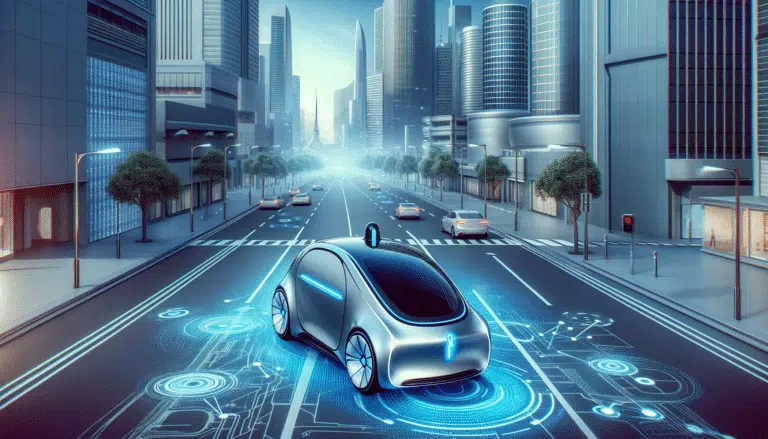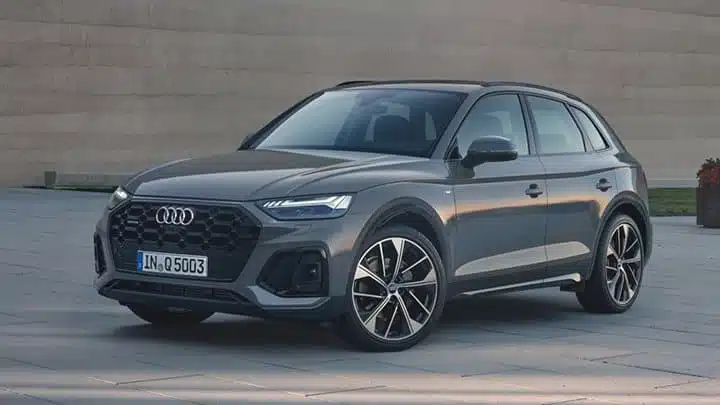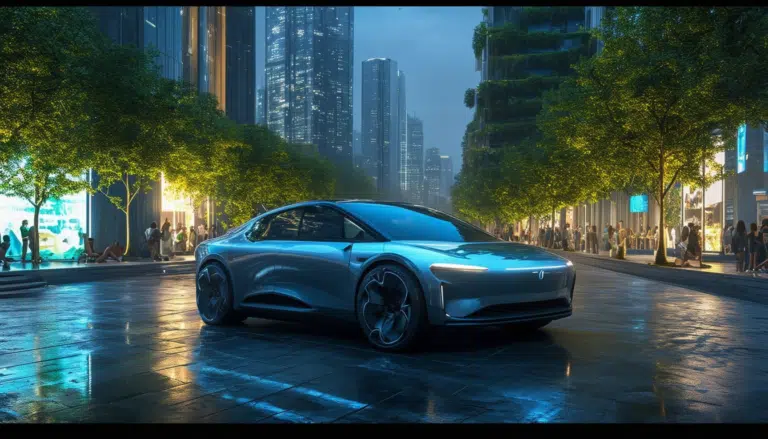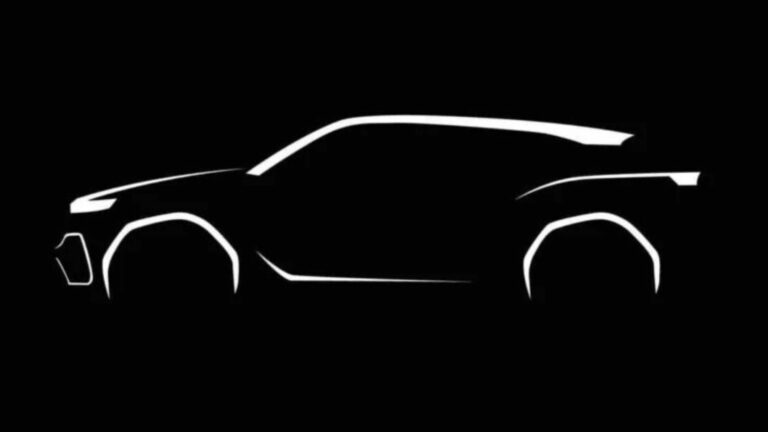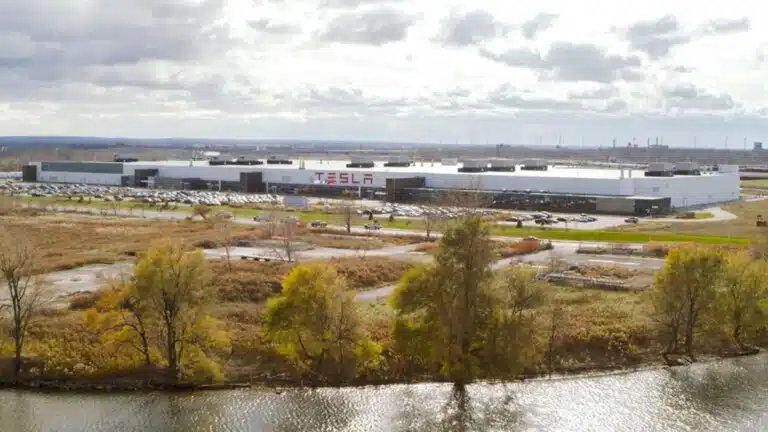Un Engine of Two Centuries of Attempts: the Challenge of an Impossible Fuel
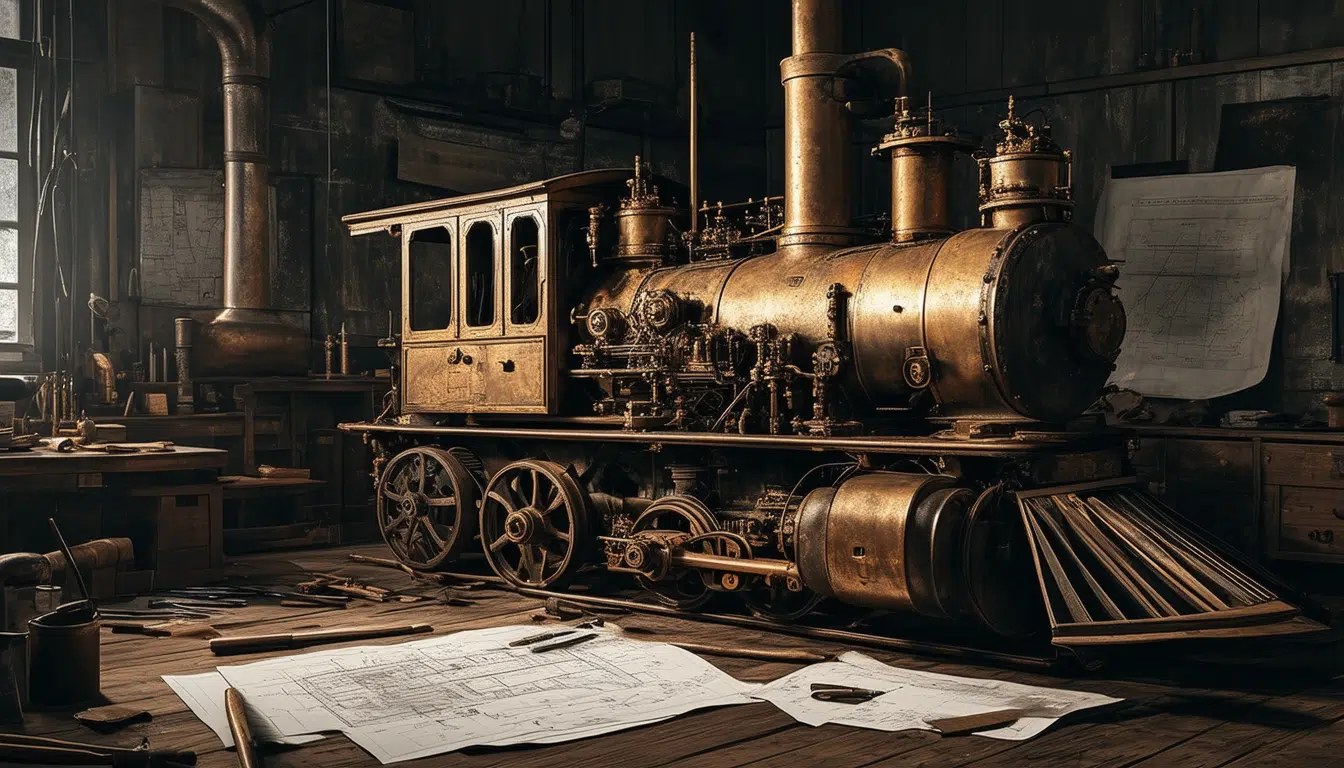
In the midst of current climate conflicts and the urgency for a global energy transition, the automotive sector has witnessed countless attempts to revolutionize mobility. From the emergence of electric vehicles to hydrogen as potential fuels of the future, the industry has explored numerous alternatives. Among these, the intriguing story of an engine powered by compressed air stands out, conceived over a century ago as a pioneering zero-emissions idea. This concept has since challenged the course of automotive innovation, facing practical and technical obstacles that have persisted to this day. The search for an ideal fuel that is clean and sustainable has been a journey laden with challenges and discoveries, keeping alive the hope for a future without emissions.
In the constant search for an ideal fuel, humanity has explored from fossil fuels to renewable resources. For over two centuries, the idea of a sustainable engine has driven countless attempts and technological innovations. This article explores the main milestones in the development of an engine that uses an “impossible” fuel, from early uses of compressed air to contemporary advancements in hydrogen and electric engines.
The Birth of a Revolutionary Idea
In the mid-19th century, in a world thirsty for innovation, the visionary idea of an engine that used compressed air as fuel emerged. In 1838, French engineers Andraud and Tessie de Montay presented this idea, and in 1873 the concept materialized with a vehicle powered solely by compressed air. This technology promised a solution to emission problems, offering a clean and efficient means of propulsion.
The Challenge of Compressed Air
The proposal to use compressed air arose as an attempt to find a zero-emissions fuel. Although theoretically a viable idea, it faced significant technical challenges that hindered its widespread adoption. Complications in producing and maintaining infrastructures capable of handling the required pressures represented a considerable obstacle.
How Compressed Air Engines Work
Compressed air engines operate through a system that uses pressurized air to generate movement. It consists of three main phases: expansion, compression, and injection. During the expansion cycle, air is drawn in and released into the engine. In the compression phase, the air is compressed to 20 bars, raising the temperature to around 400 degrees. Finally, the injection cycle uses compressed air from a reservoir at 300 bars, injected between 40 and 50 bars, to drive the piston.
Exploring New Horizons: Hydrogen and Electricity
Over time, with the acceleration of climate changes, the automotive industry began to explore other alternatives. Despite the initial enthusiasm for compressed air engines, new technologies like hydrogen and electricity emerged. These types of fuels offer viable and sustainable alternatives that have caught the attention of the sector due to their low levels of pollution and global application potential.
The Triumph of Hydrogen
Hydrogen has been considered a promising fuel due to its ability to generate energy without producing harmful emissions, as its only byproduct is water vapor. However, like its predecessors, it faces significant challenges in terms of efficient production and safe storage. The creation of adequate infrastructure to support massive use of hydrogen remains a barrier.
The Age of Electricity
At the forefront of the energy revolution, electric engines have gained significant traction and popularity. However, despite their growing success, their implementation faces the challenge of a lack of charging infrastructure and high associated costs. Nevertheless, their potential to completely transform the mobility landscape is being explored by various companies.
Persevering Through the Centuries
The history of the engine powered by “impossible” fuels serves as a reminder of human persistence in the face of technological progress challenges. Although the idea of compressed air as a revolutionary fuel was surpassed by its practical complications, it left an indelible mark on the automotive industry. With ongoing research, compressed air could still see a resurgence as an effective solution for the future of sustainable mobility.
The Future of Sustainable Mobility: A Bet on Continuous Innovation
Throughout two centuries, the search for the perfect fuel has been a path filled with technical challenges and promising advancements. From the early engines powered by compressed air to the current innovations in the use of hydrogen and electricity, each step has brought the automotive sector closer to truly sustainable mobility.
Despite the difficulties, this relentless quest has led to significant innovations that have transformed the automotive industry. The use of electricity to power vehicles has gained notable success, although it still faces significant challenges such as the lack of infrastructure and high costs. On the other hand, hydrogen, with its promise of low emissions, remains an enticing option, but also faces the challenge of large-scale production and storage.
The idea of a compressed air engine, initially seen as the ultimate solution for a clean fuel, has historically stood out for its elegance and simplicity. However, technical and practical obstacles have inhibited its massive adoption. Continuous innovation and investment in research could revive its potential in the near future.
In this context where innovation and sustainability converge, the automotive industry is exploring multiple routes, including new developments in hybrids and other emerging technologies. This not only represents a change in technology but also in the mindset towards a greener and cleaner future.
Electric vehicles, hydrogen, and alternatives like compressed air are an inspiring reminder that technological limits can be constantly challenged. The engine of the future may not yet have been fully conceived, but the search for the impossible fuel continues to drive inventors and engineers to explore the unthinkable, in their mission to create a legacy of sustainable mobility. This incredibly persistent and creative quest will reflect our shared responsibility towards the environment and future generations.

